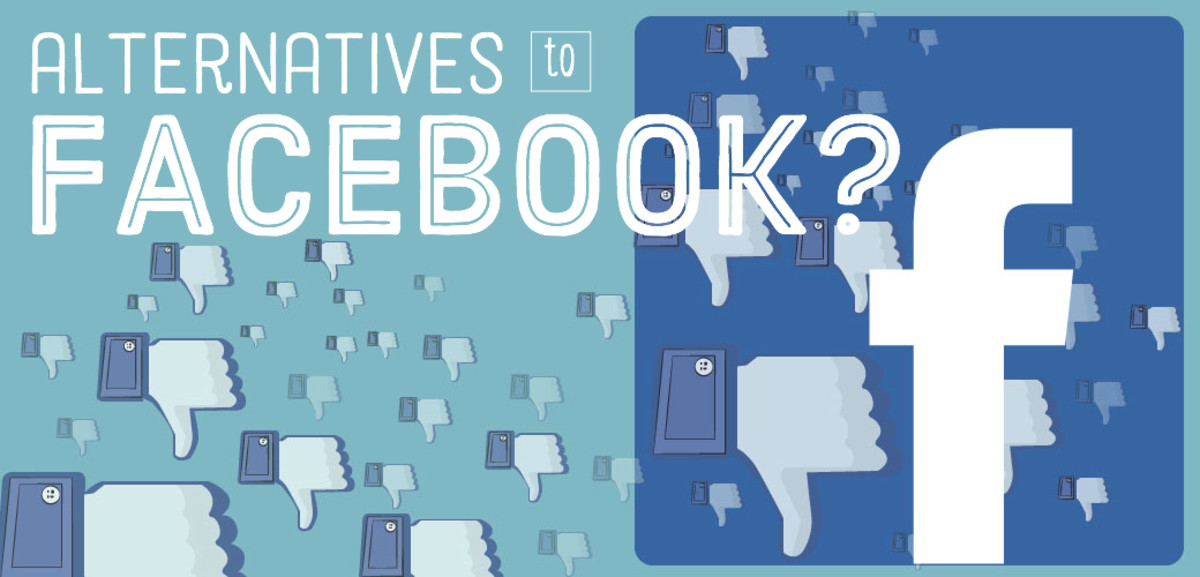History of Internet
HISTORY OF THE INTERNET
The Internet has its roots in a networking project started by the Pentagon's Advanced Research Projects Agency (ARPA), an agency of the U.S. Department of Defense. ARPA's goal a build a network that (1) allowed scientist at different physical locations to share information and work together on military scientific projects and (2) could function even if part of the network were disabled or destroyed by a disaster such as a nuclear attack. That network, called ARPANET, became functional in September 1969, linking scientific and academic researchers across the United states.
The original ARPANET consisted of four main computers, one each located at the University of California at Los Angeles,
the University of California at Santa Barbara, the Stanford Research Institute, and the University of Utah. Each computer served as a host on the network. A host, more commonly known today as a server, is any computer that provides services and connections to other computers on a network. Hosts often use high-speed communications to transfer data and messages over a network.
As researchers and others realized the great benefit of using ARPANET'S e-mail to share data and information, ARPANET underwent phenomenal growth. By 1984, ARPANET had more than 1,000 individual computers linked as hosts. Today, more than 350 million hosts connect to the Internet.
Some organizations connected entire networks to ARPANET to take advantage of the highspeed communications it offered. In 1986, the National Science Foundation (NSF) connected its huge network of five supercomputer centers, called NSFnet, to ARPANET. This configuration of complex networks and hosts became known as the Internet.
Until 1995, NSFnet handled the bulk of the communications activity, or traffic, on the Internet, [n 1995, NSFnet terminated its network on the Internet and resumed its status as a research network.
Today, the Internet consists of many local, regional, national, and international networks. Numerous corporations, commercial firms, and other companies provide networks to handle the Internet traffic. Both public and private organizations own networks on the Internet. These networks, along with telephone companies, cable and satellite companies, and the government, all contribute toward the internal structure of the Internet. Read Looking Ahead 2-1 for a' look at the next generation of the Internet.
Even as the Internet grows, it remains a public, cooperative, and independent network. Each organization on the Internet is responsible only for maintaining its own network. No single person, company, institution, or government agency controls or owns the Internet. The World Wide Web Consortium {W3Q, however, oversees research and sets standards and guidelines for many areas of the Internet. The mission of the W3C is to contribute to the growth of the Web. Nearly 400 organizations from around the world are members of the W3C. They advise, define standards, and address other issues.








